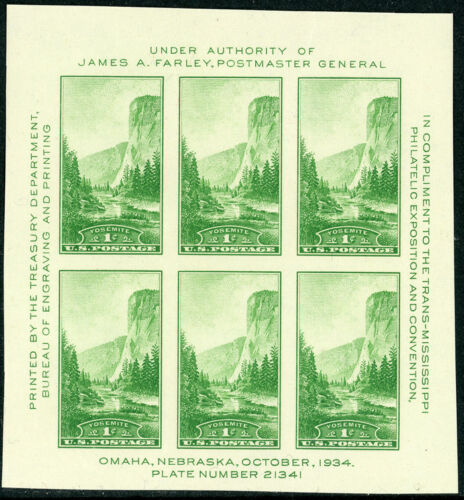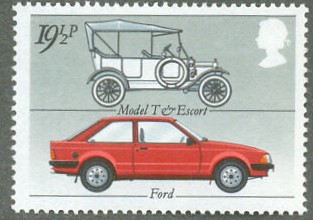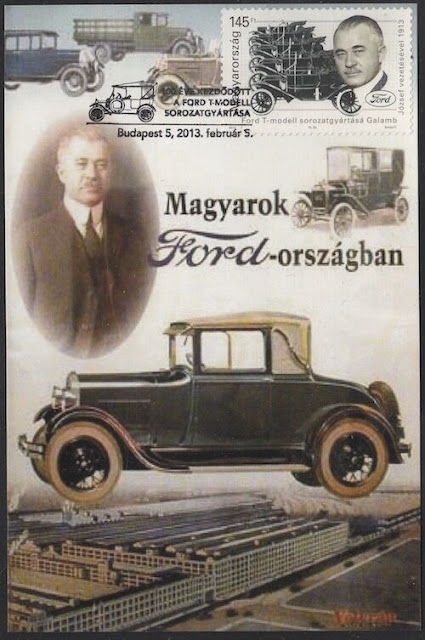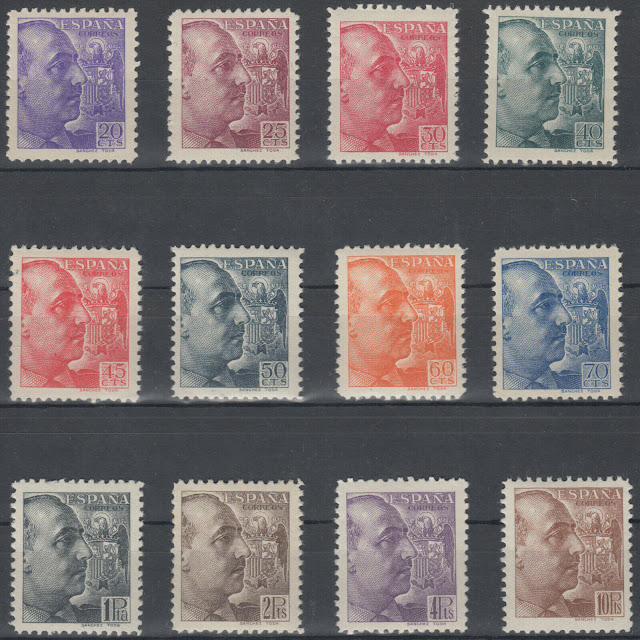Here are some events that happened on October 1st. It could be an event or a person that died or was born on that day
1890 – Yosemite National Park is established by the U.S. Congress.
Yosemite National Park is an American national park located in the western Sierra Nevada of Central California,bounded on the southeast by Sierra National Forest and on the northwest by Stanislaus National Forest. The park is managed by the National Park Service and covers an area of 748,436 acres (1,169 sq mi; 3,029 km2) and sits in four counties: centered in Tuolumne and Mariposa, extending north and east to Mono and south to Madera County. Designated a World Heritage site in 1984, Yosemite is internationally recognized for its granite cliffs, waterfalls, clear streams, giant sequoia groves, lakes, mountains, meadows, glaciers, and biological diversity. Almost 95% of the park is designated wilderness.
On average, about 4 million people visit Yosemite each year, and most spend the majority of their time in the 7 square miles (18 km2) of Yosemite Valley. The park set a visitation record in 2016, surpassing 5 million visitors for the first time in its history. Yosemite was central to the development of the national park idea. Galen Clark and others lobbied to protect Yosemite Valley from development, ultimately leading to President Abraham Lincoln's signing the Yosemite Grant in 1864. John Muir led a successful movement to have Congress establish a larger national park by 1890, one which encompassed the valley and its surrounding mountains and forests, paving the way for the National Park System
The name "Yosemite" (meaning "killer" in Miwok) originally referred to the name of a tribe which was driven out of the area (and possibly annihilated) by the Mariposa Battalion. Previously, the area had been called "Ahwahnee" ("big mouth") by indigenous people.
Some US stamps depicting Yosemite National Park
1908 – Ford Model T automobiles are offered for sale at a price of US$825.
The Ford Model T (colloquially known as the Tin Lizzie, Leaping Lena, jitney or flivver) is an automobile produced by Ford Motor Company from October 1, 1908, to May 26, 1927. It is generally regarded as the first affordable automobile, the car that opened travel to the common middle-class American; some of this was because of Ford's efficient fabrication, including assembly line production instead of individual hand crafting.
The Ford Model T was named the most influential car of the 20th century in the 1999 Car of the Century competition, ahead of the BMC Mini, Citroën DS, and Volkswagen Type 1. Ford's Model T was successful not only because it provided inexpensive transportation on a massive scale, but also because the car signified innovation for the rising middle class and became a powerful symbol of America's age of modernization. With 16.5 million sold it stands eighth on the top ten list of most sold cars of all time as of 2012.
Although automobiles had been produced from the 1880s they were still mostly scarce, expensive, and often unreliable at the Model T's introduction in 1908. Positioned as reliable, easily maintained, mass-market transportation, it was a runaway success. In a matter of days after the release, 15,000 orders were placed. The first production Model T was produced on August 12, 1908 and left the factory on September 27, 1908, at the Ford Piquette Avenue Plant in Detroit, Michigan. On May 26, 1927, Henry Ford watched the 15 millionth Model T Ford roll off the assembly line at his factory in Highland Park, Michigan.
Some stamps depicting Ford and or his automobile
1936 – Francisco Franco is named head of the Nationalist government of Spain.
Francisco Franco Bahamonde(4 December 1892 – 20 November 1975) was a Spanish general and politician who ruled over Spain as Head of State and dictator under the title Caudillo from 1939, after the Nationalist victory in the Spanish Civil War, until his death in 1975. This period in Spanish history is commonly known as Francoist Spain or the Francoist dictatorship.
On 1 October 1936, in Burgos, Franco was publicly proclaimed as Generalísimo of the National army and Jefe del Estado (Head of State). When Mola was killed in another air accident a year later (which some believe was an assassination) (2 June 1937), no military leader was left from those who organized the conspiracy against the Republic between 1933 and 1935
Franco remains a controversial figure in Spanish history, but it is worth noting that the nature of his dictatorship changed over time. His reign was marked by both brutal repression, with thousands killed, and economic prosperity, which greatly improved the quality of life in Spain. Franco's dictatorial style proved very adaptable, which could introduce social and economic reform, and the only consistent points in Franco's long rule were above all authoritarianism, Spanish nationalism, national Catholicism, anti-Freemasonry, and anti-communism.
1938 – Germany annexes the Sudetenland.
The Sudetenland is the historical German name for the northern, southern, and western areas of former Czechoslovakia which were inhabited primarily by Sudeten Germans. These German speakers had predominated in the border districts of Bohemia, Moravia, and Czech Silesia from the time of the Austrian Empire.
The word "Sudetenland" did not come into being until the early part of the 20th century and did not come to prominence until almost two decades into the century, after the First World War, when the German-dominated Austria-Hungary was dismembered and the Sudeten Germans found themselves living in the new country of Czechoslovakia. The Sudeten crisis of 1938 was provoked by the Pan-Germanist demands of Germany that the Sudetenland be annexed to Germany, which happened after the later Munich Agreement. Part of the borderland was invaded and annexed by Poland. When Czechoslovakia was reconstituted after the Second World War, the Sudeten Germans were expelled and the region today is inhabited almost exclusively by Czech speakers.
The word Sudetenland is a German compound of Land, meaning "country", and Sudeten, the name of the Sudeten Mountains, which run along the northern Czech border and Lower Silesia (now in Poland). The Sudetenland encompassed areas well beyond those mountains, however.
Parts of the now Czech regions of Karlovy Vary, Liberec, Olomouc, Moravia-Silesia, and Ústí nad Labem are within the area called Sudetenland.
German Reich stamps issued to commemorate Sudetenland










